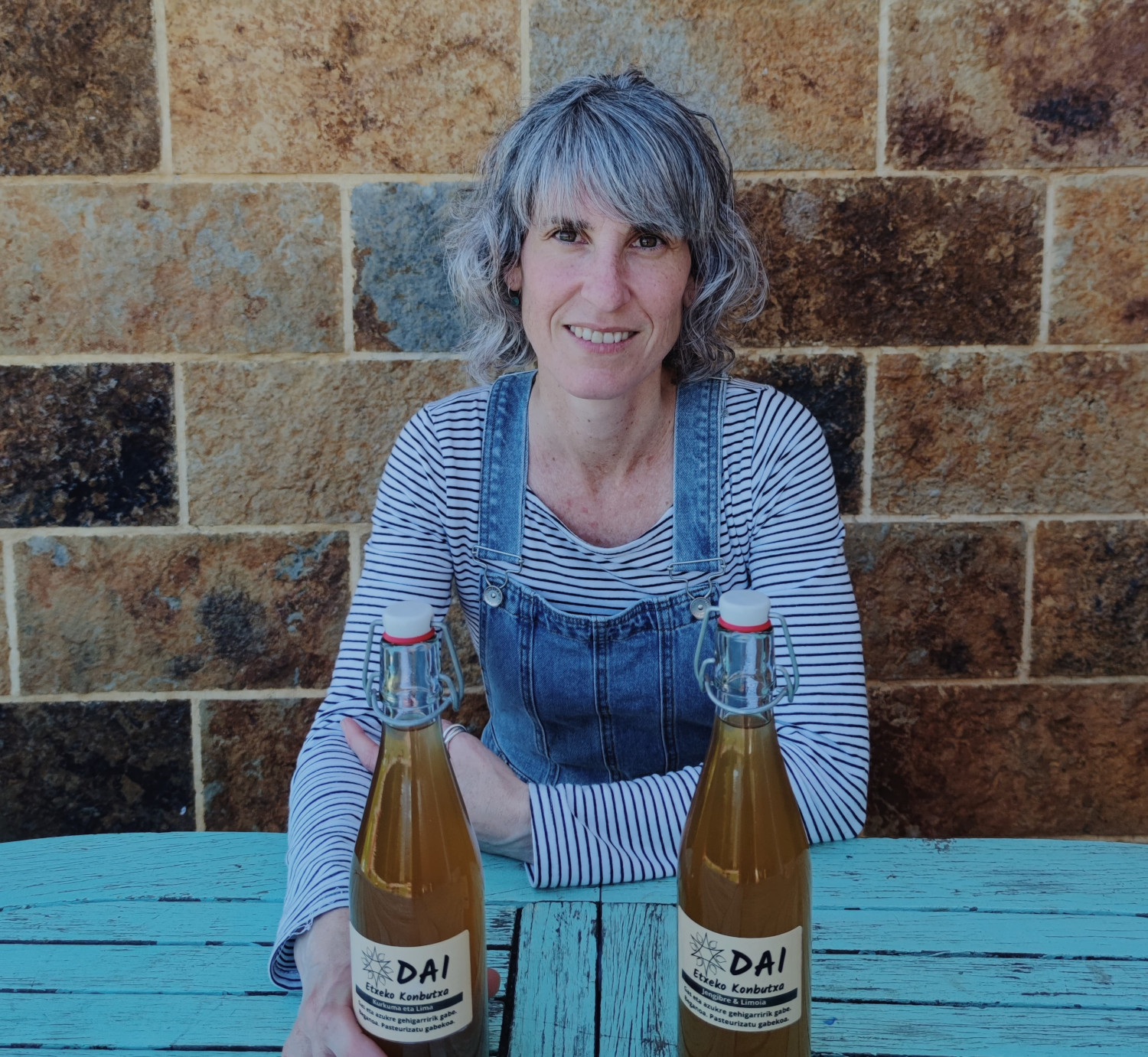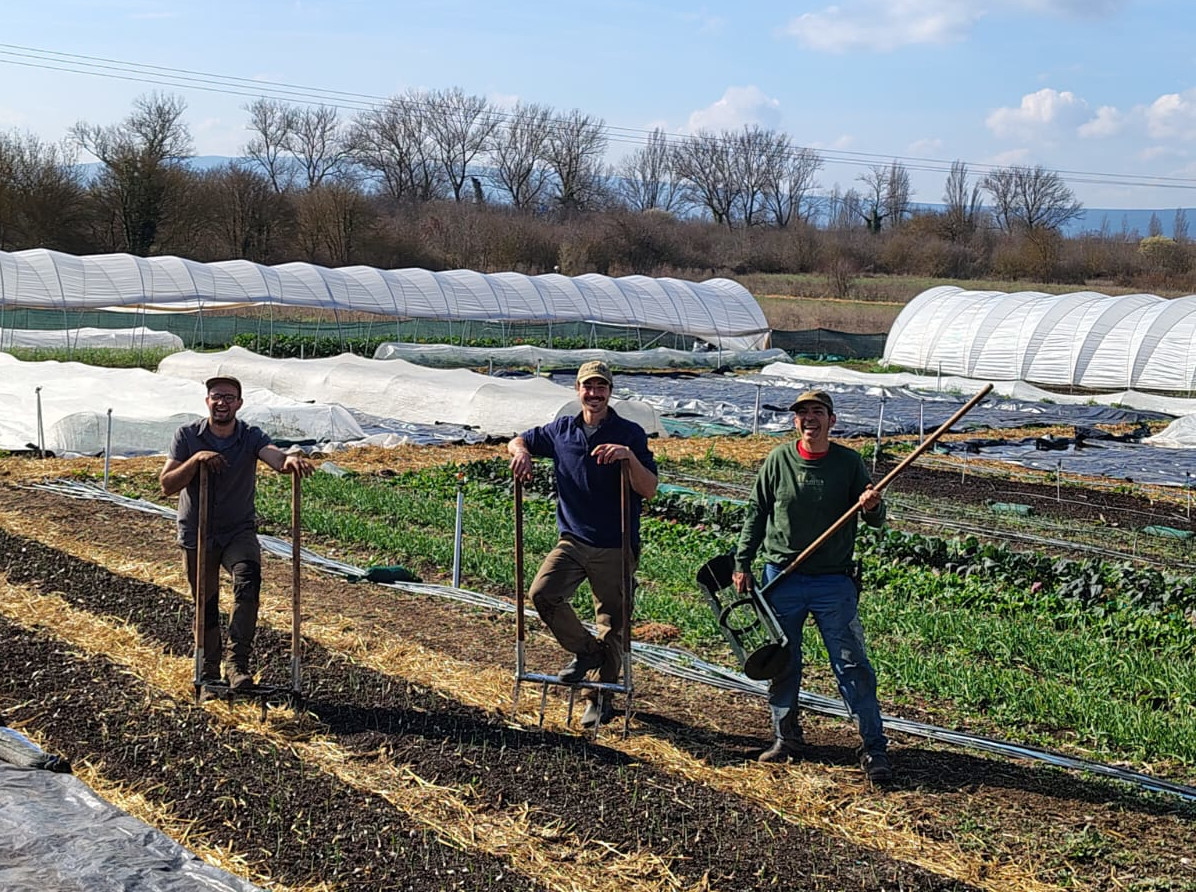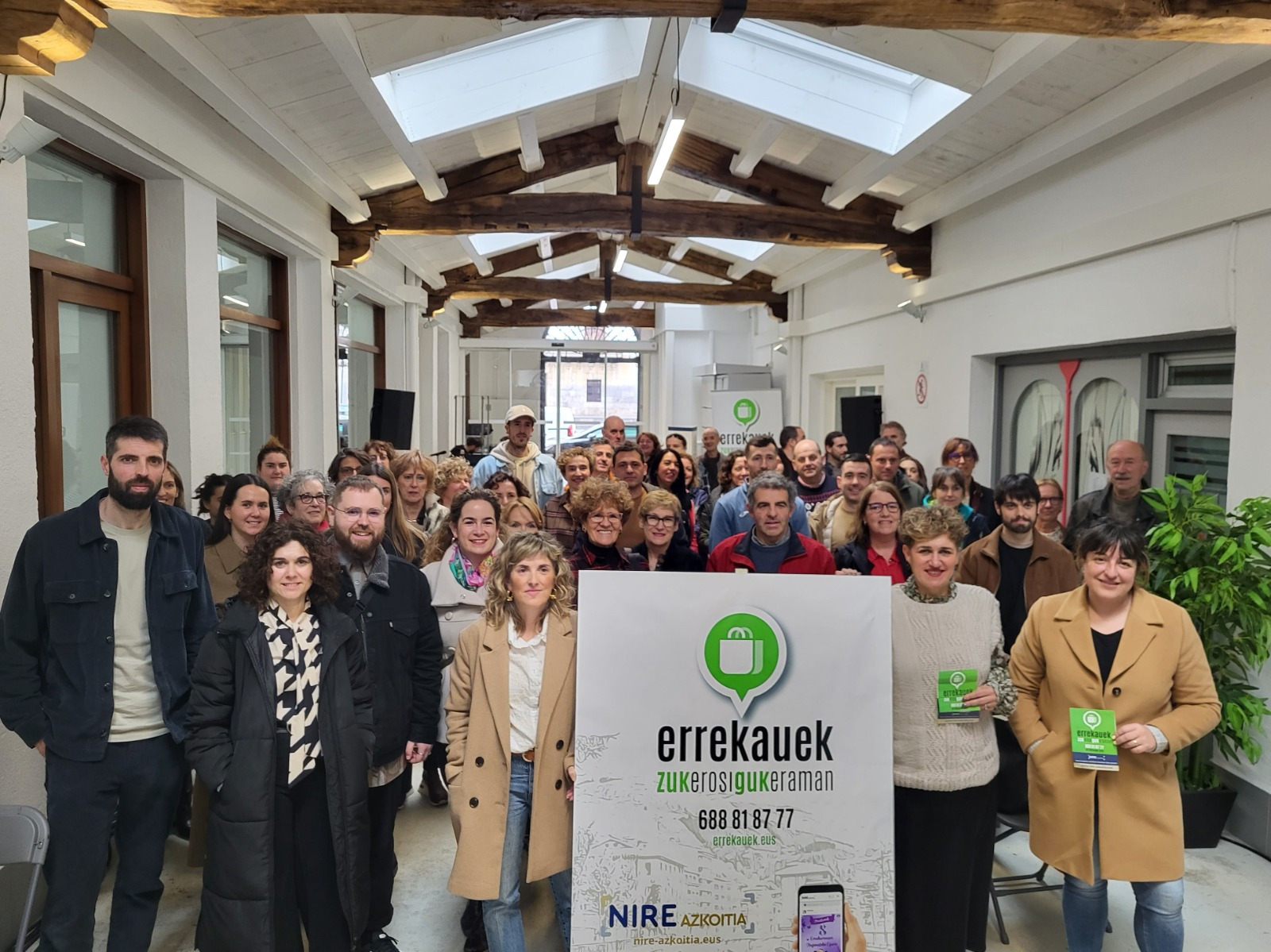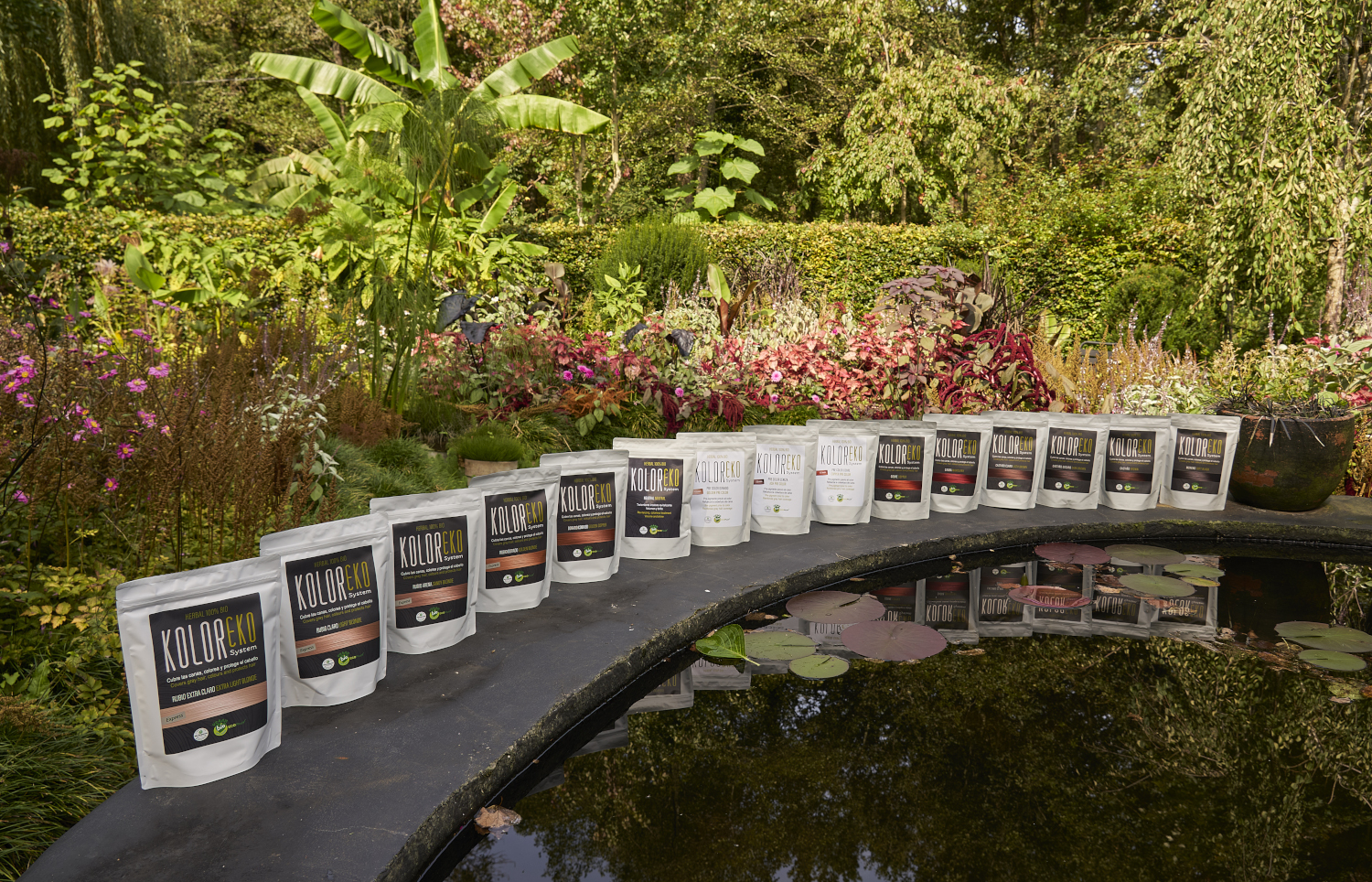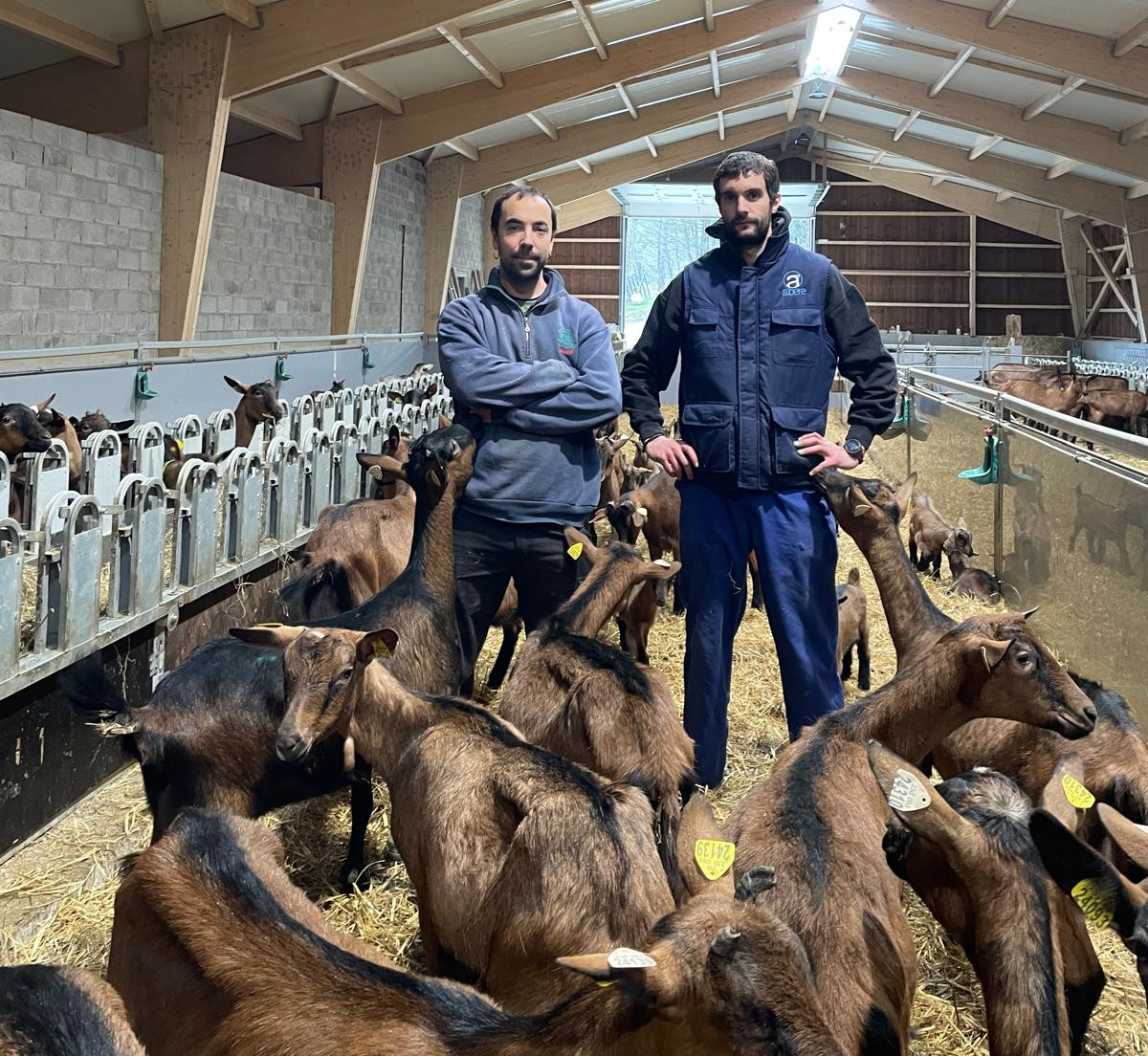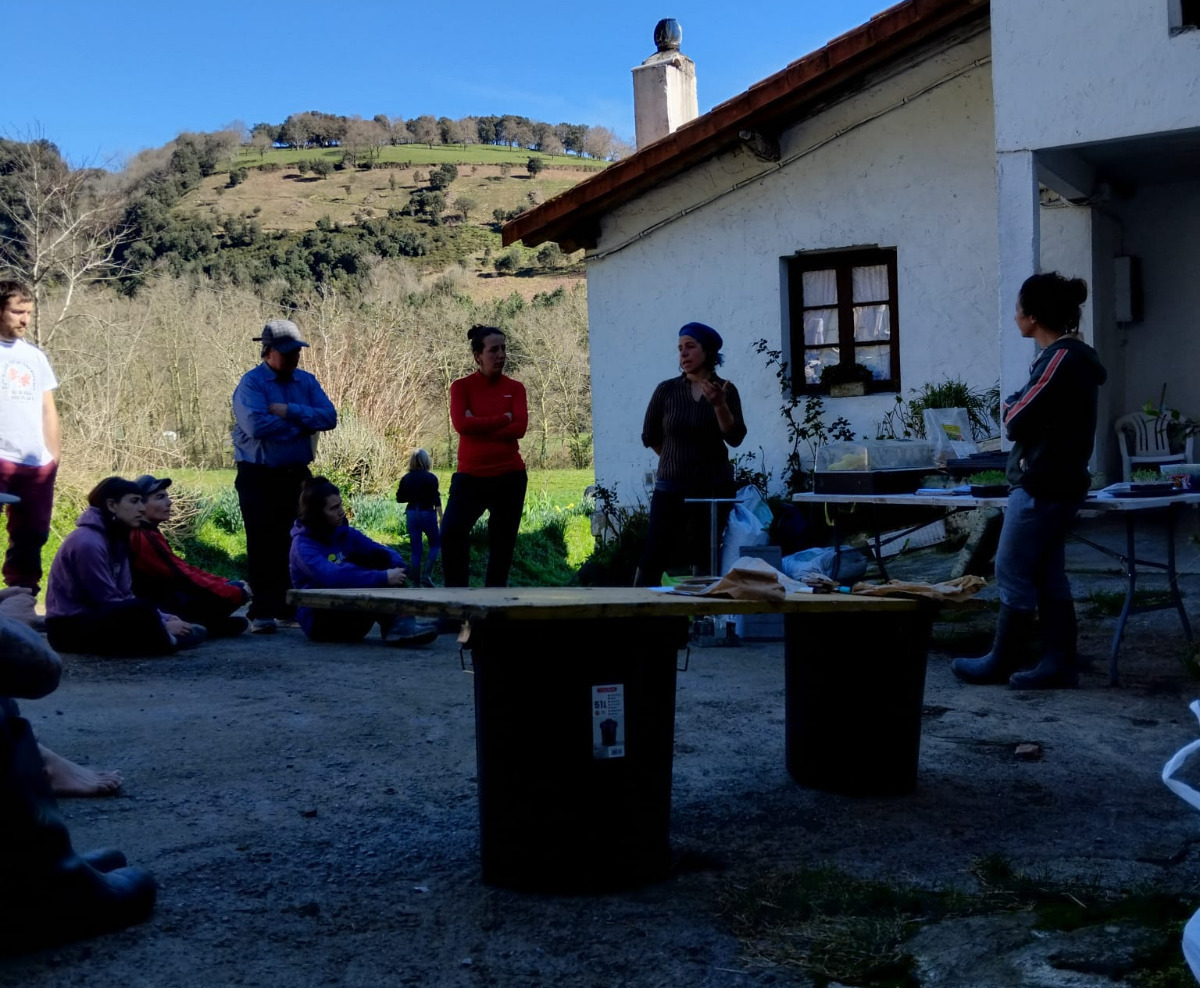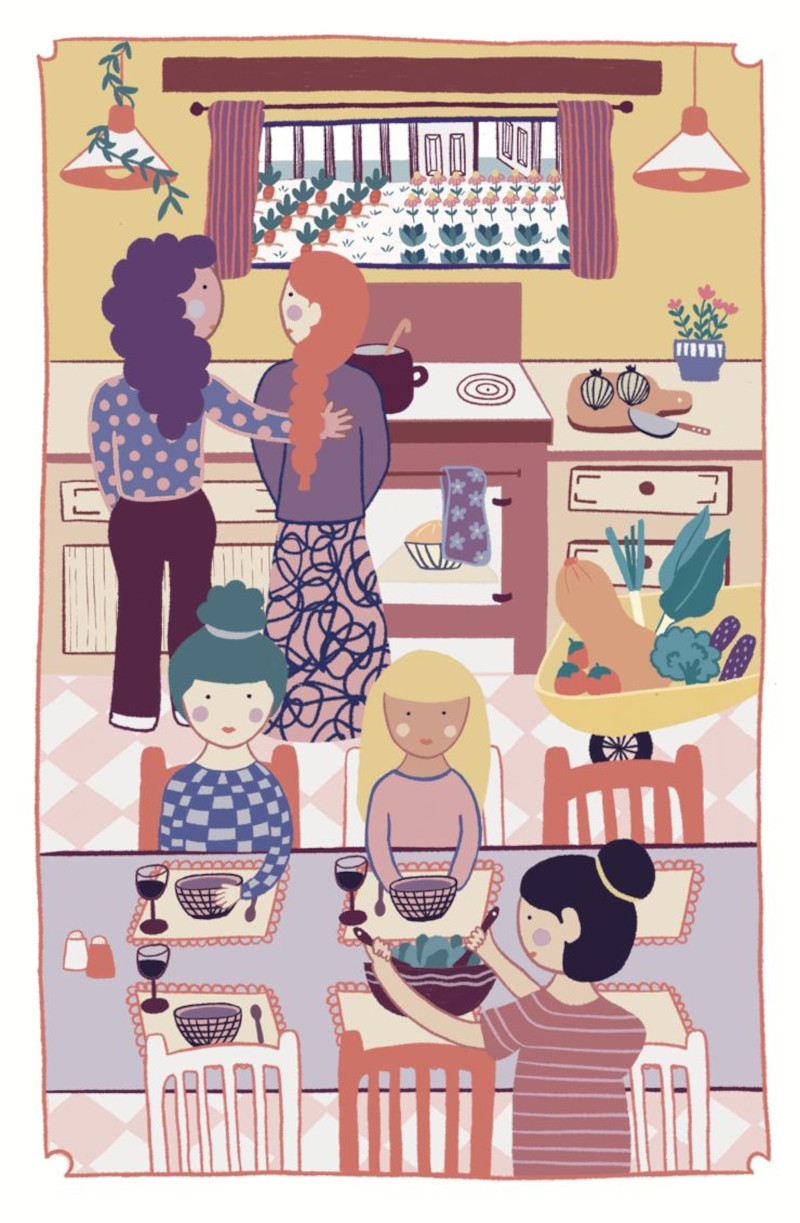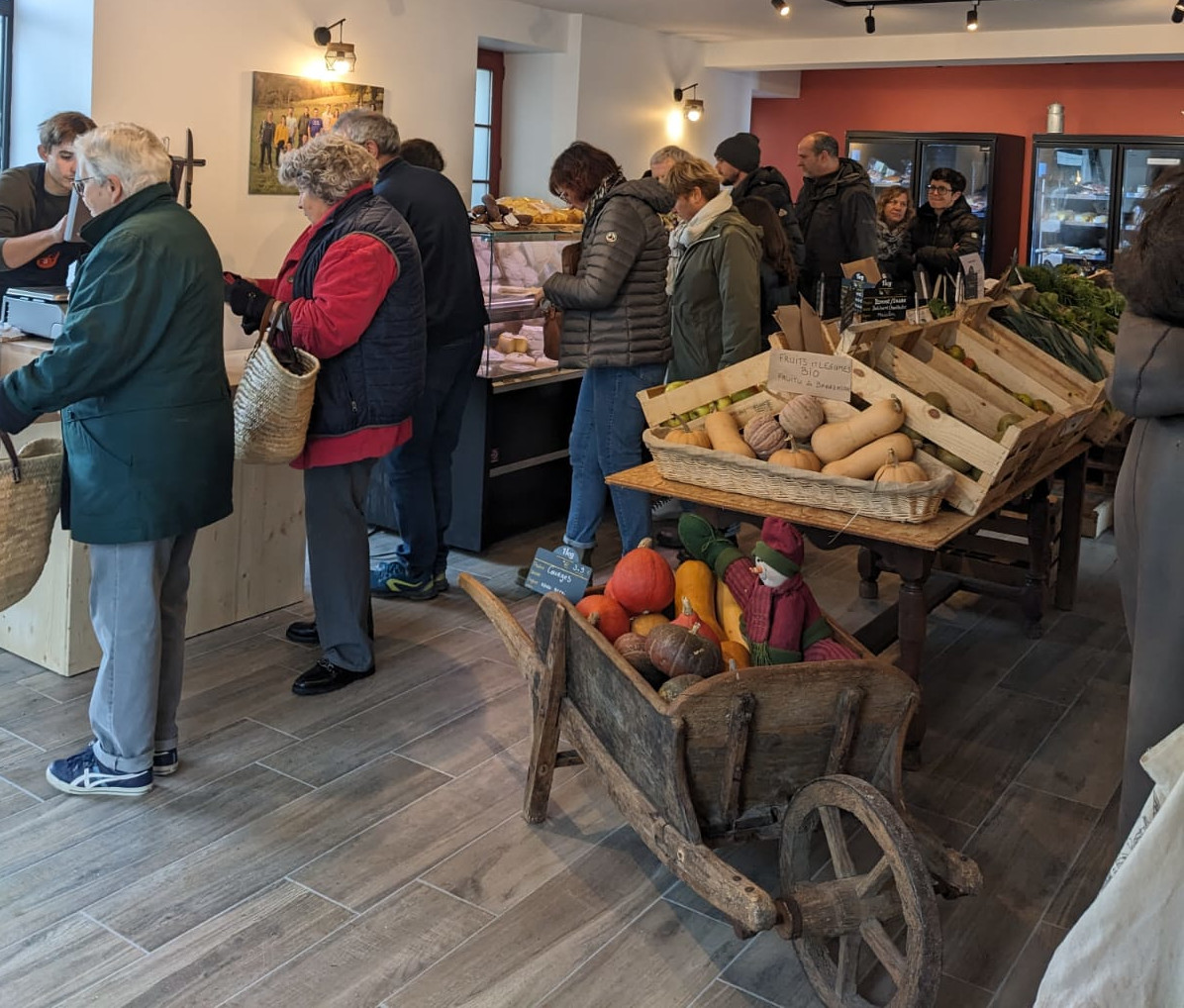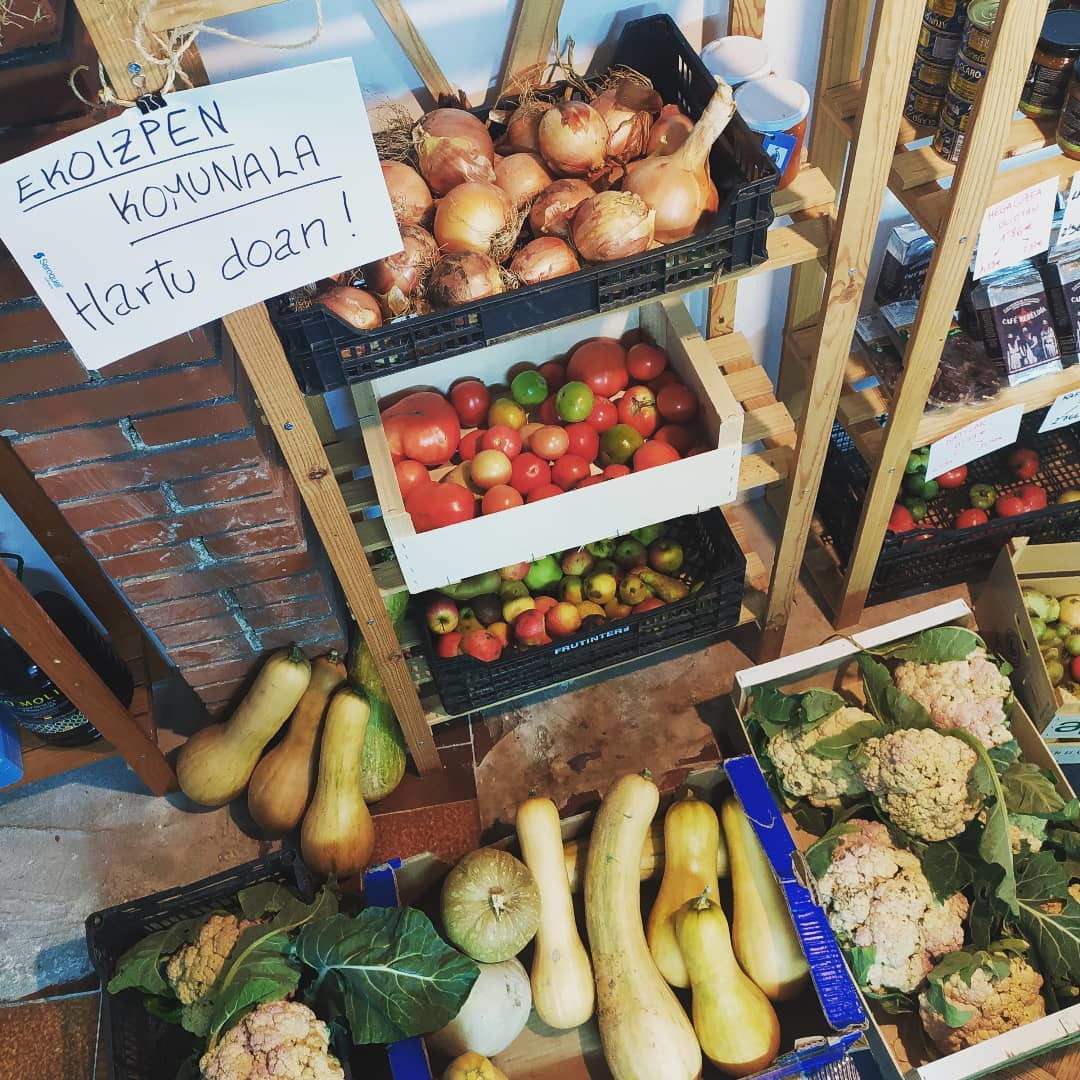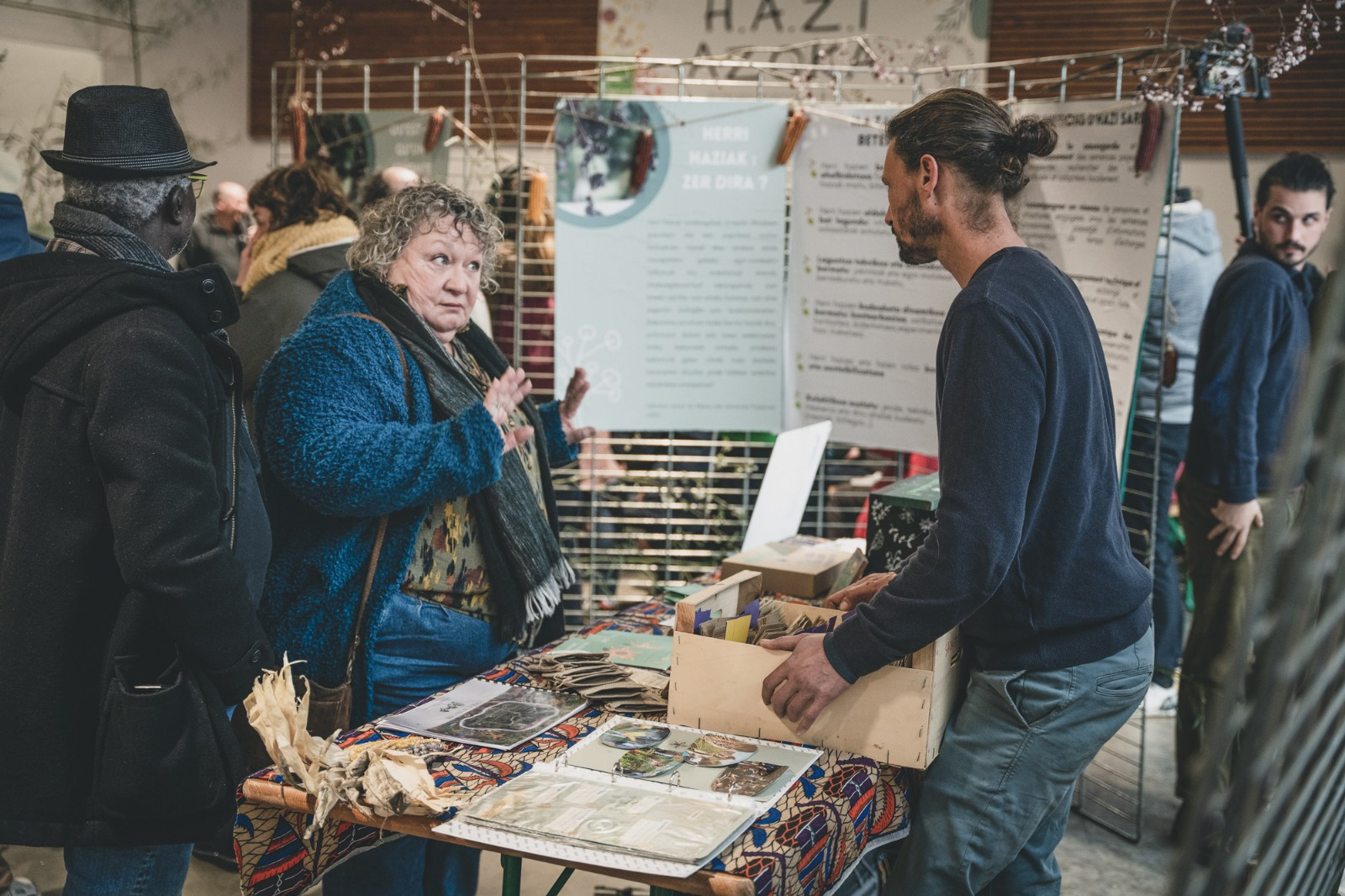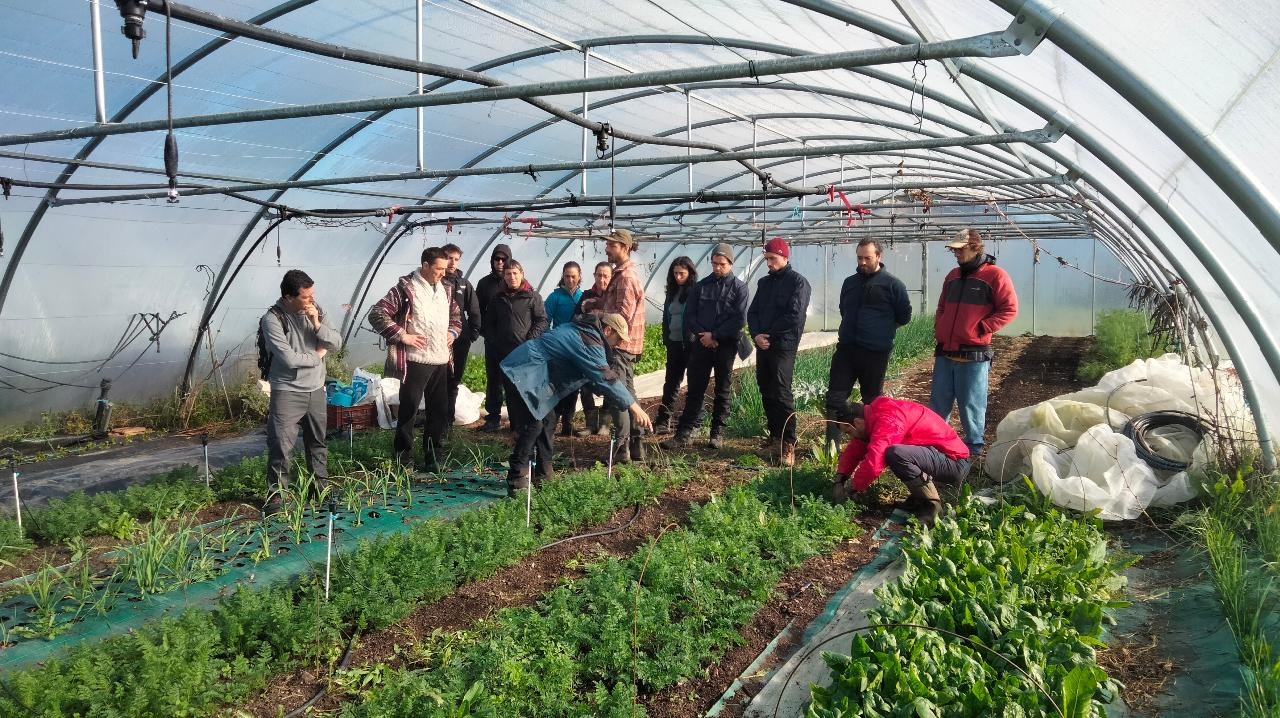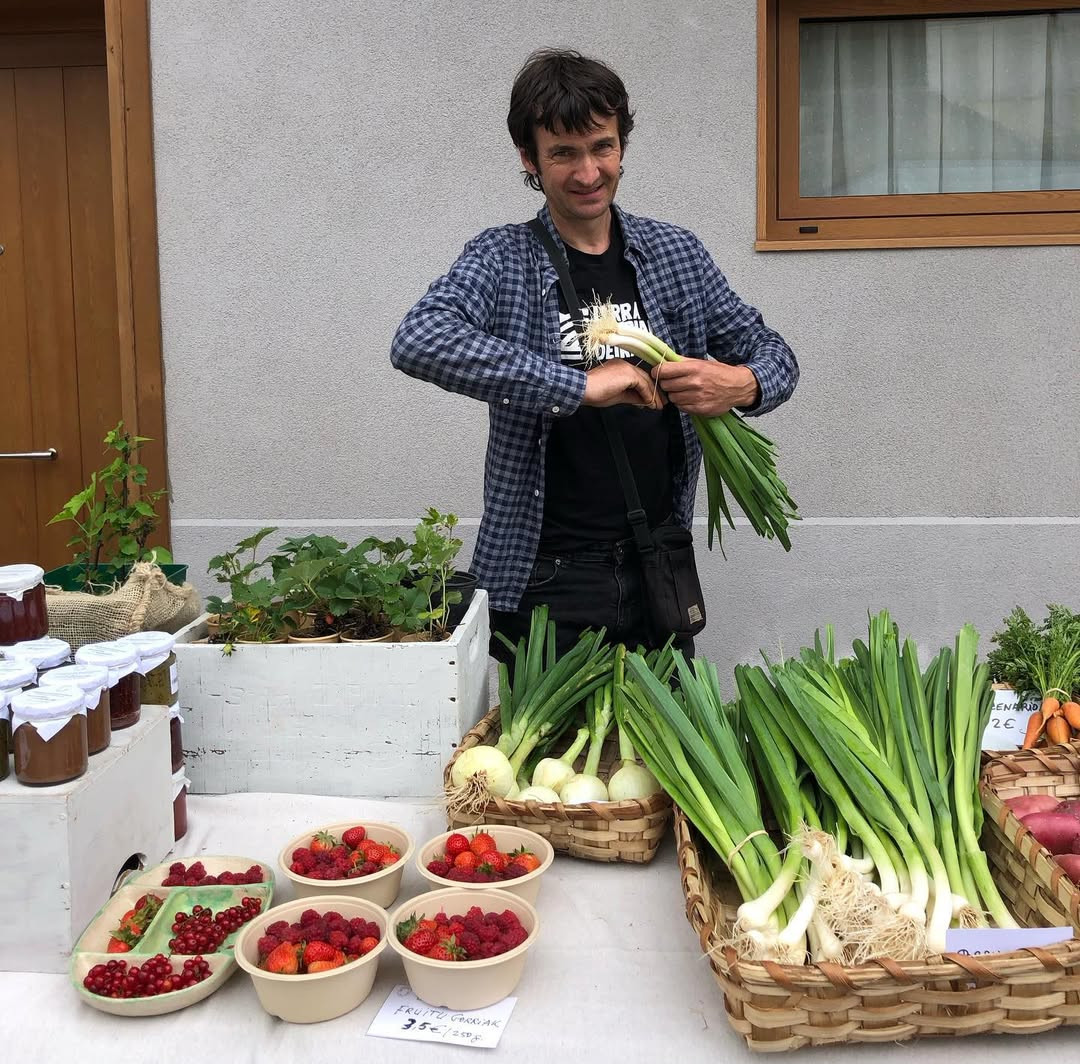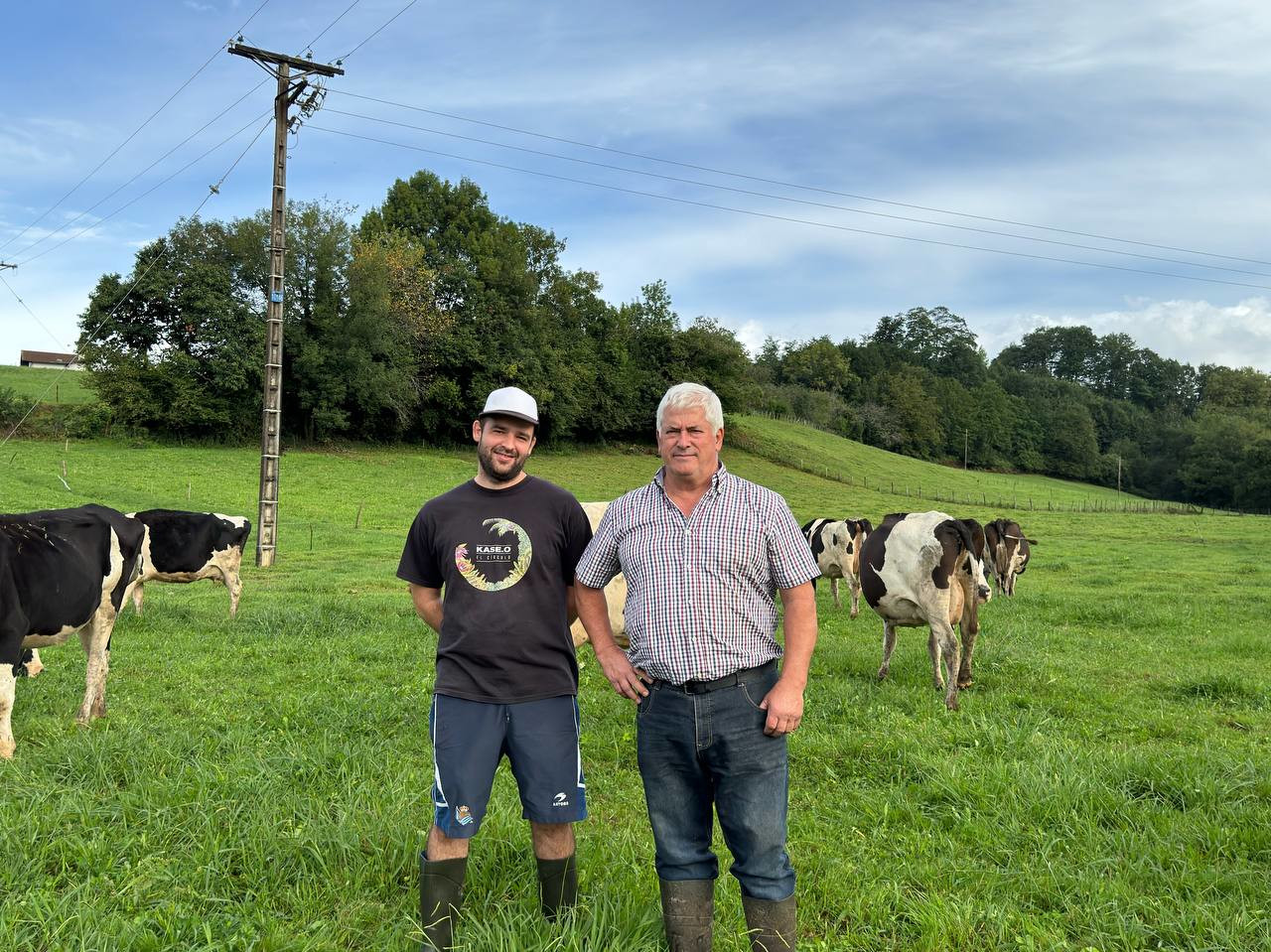“Beginners have also proposed an easy to build medicinal garden”
- After last year’s success, Garbiñe Larrea’s book What Medicinal Plants Know comes this year with a new proposal: Medicinal orchard. The previous work has been the selection of 12 medicinal plants worked in depth and the creation of a vegetable garden with them, offering practical advice and recommendations. It is already available in the regular bookstores and at the ARGIA Fair and at the ARGIA table at the Durango Fair. This is what the author told us.

The book has a special format. You've imagined a round way to give that medicinal orchard, right?
Yes, there's a Swedish botanist who worked a lot on plant classification, Carl von Linneo, who studied how plants flourished in the direction of the clock. He worked mostly with flowers, but also with medicinal plants there are these kinds of approaches, and we wanted to bring it. However, it is not a closed proposal, everyone can plant it as they like: squared, triangle…
What does Sendabelar know?
To start, in size, I would say this is a brochure. On the other hand, in those verbs of "knowing/collecting/using" that we proposed in the previous book, we have seen that "collecting" is usually "planting" many times, and that is what we have focused on. In this case, we have to be gardener to take care of the whole process, and the intention has been to extend the autonomy that gives us, for example, allowing a medicine chest for oneself. In addition, I have included a series of contents that I had to leave out the other day, as their use was appropriate to the practicality proposed in this work.
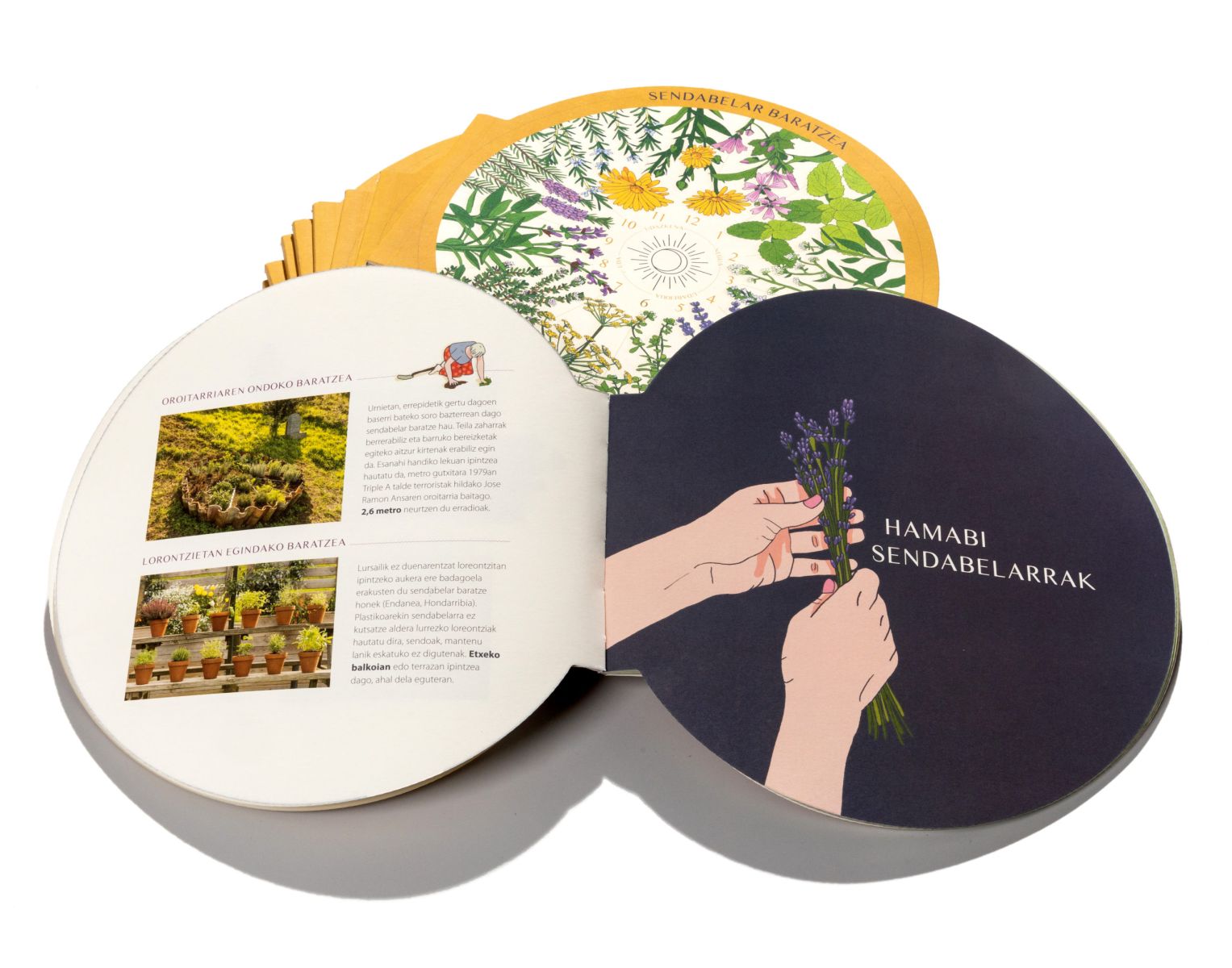
Why have you chosen 12 medicinal plants?
We have chosen those that are tough and resilient, easy to maintain and do not require leftovers. I would like a beginner to be easily realizable. In the case of the weed, there has also been an unusual choice: it is a wild plant that has to be taken from the place and brought to the orchard, and that is why I have chosen it. On the other hand, there are less commercial and well-known plants, such as the herb of urine, whose promotion and dissemination is also the preservation of our heritage. If not, most of them are very common: rosemary, sage, thyme, hair, shrimp, hill… Nevertheless, I am sure that among them there will be verbena, pasmobelar, sweetness and other medicinal plants that will be invited, so I am in favour of letting them live. And of course, if my options aren't right for someone, you can do it with other plants.
Has there been a habit in our history of cultivating medicinal orchards or is it more recent?
Finally, rather than novelty, I would say that throughout history there have been many places in the world: There are in the Alhambra, when Hernán Cortés arrived in Mexico today there are references that Moctezuma had a vegetable garden of this kind… In our country, medicinal plants have often been on the banks of the vegetable gardens, or among the vegetables for their benefit, with a view to complementarity. Making orchard with them is weirder, but that's what interests me.
Duela lau urte abiatu zuten Azpeitian Enkarguk proiektua, Udalaren, Urkome Landa Garapen Elkartearen eta Azpeitiako eta Gipuzkoako merkatari txikien elkarteen artean. “Orain proiektua bigarren fasera eraman dugu, eta Azkoitian sortu dugu antzeko egitasmoa, bere izenarekin:... [+]
Donostiako Amara auzoko Izko ileapaindegi ekologikoak 40 urte bete berri ditu. Familia-enpresa txikia da, eta hasieratik izan zuten sortzaileek ile-apainketan erabiltzen ziren produktuekiko kezka. “Erabiltzaileen azalarentzat oso bortzitzak dira produktu gehienak, baina... [+]
Ubidekoak (Bizkaia) dira Imanol Iturriotz eta Aritz Bengoa gazteak. “Lagunak gara txikitatik, eta beti izan dugu buruan abeltzaintza proiektu bat martxan jartzeko ideia”, azaldu du Iturriotzek. Nekazaritzari lotutako ikasketak izan ez arren, baserri munduarekin eta... [+]
Iruñean bizi ziren Iñaki Zoko Lamarka eta Andoni Arizkuren Eseberri gazteak, baina familiaren herriarekin, Otsagabiarekin, lotura estua zuten biek betidanik. “Lehen, asteburuetan eta udan etortzen ginen eta duela urte batzuk bizitzera etorri ginen”, dio... [+]
Gipuzkoako hamaika txokotatik gerturatutako hamarka lagun elkartu ziren otsailaren 23an Amillubiko lehen auzo(p)lanera. Biolur elkarteak bultzatutako proiektu kolektiboa da Amillubi, agroekologian sakontzeko eta Gipuzkoako etorkizuneko elikadura erronkei heltzeko asmoz Zestoako... [+]
Emakume bakoitzaren errelatotik abiatuta, lurrari eta elikadurari buruzko jakituria kolektibizatu eta sukaldeko iruditegia irauli nahi ditu Ziminttere proiektuak, mahai baten bueltan, sukaldean bertan eta elikagaiak eskutan darabiltzaten bitartean.








